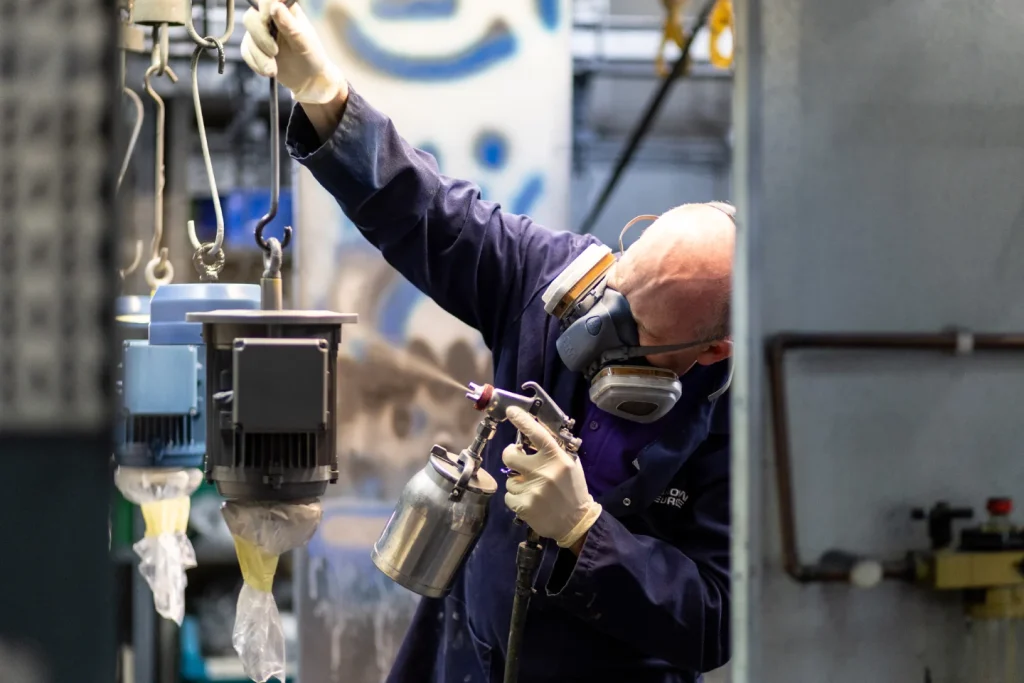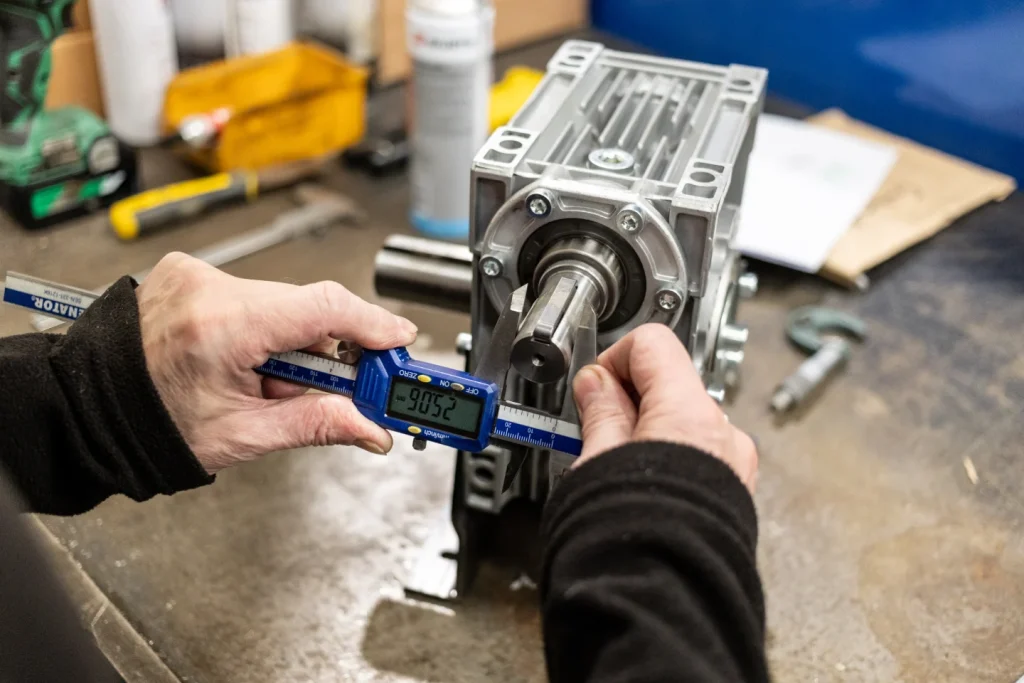In mission-critical industries, downtime is more than an inconvenience and cost, it’s a risk to contracts, and customer trust. That’s why OEM engineers designing equipment for quarries, food processing plants, recycling facilities, and water treatment works need confidence that their industrial gearboxes will perform reliably over decades of service.
Reliability starts with design, but it’s shaped by understanding how gearboxes behave in the field. Preventative maintenance insights, gathered from years of real-world use, can help engineers design gearboxes that minimise failure and extend service life.
What history teaches us about industrial gearbox reliability
At Brown GearTech, we’ve inspected and refurbished thousands of industrial gearboxes, some still in service after 30 or 40 years. This experience shows where and why failures occur:
- Seal and bearing wear in dusty or wet environments
- Overheating due to incorrect duty cycle assumptions
- Material fatigue under peak loads not anticipated in design
Studying failures is just as valuable as designing new units. By feeding these lessons back into gearbox design, OEMs can reduce warranty claims, improve uptime for your customers, and protect your brand reputation.
Key design considerations for OEM engineers
To build in reliability from day one, engineers should consider:
- Load and duty cycle planning – accurate torque and operational data ensures gearboxes are matched to real-world stresses
- Material and seal selection – ruggedised options extend gearbox life in challenging conditions
- Thermal management – good housing and lubrication design prevents overheating
- Maintenance access – designing for easy oil changes, inspections, or replacements can prevent failures in the field
The role of preventative maintenance insights
Maintenance doesn’t sit with the OEM, but design decisions influence how much maintenance is needed downstream. By understanding common service issues, from misalignment to oil seal leakage, engineers can anticipate problems and design them out. As our Sales Director, Nichola Adshead, explains:
“Even small design choices, like where you position a seal or the grade of oil specified, can make the difference between a gearbox that lasts five years and one that lasts fifteen.
Why it matters for OEMs
Designing for reliability doesn’t just support end users, it strengthens OEM competitiveness:
- Lower lifecycle costs for customers build trust and repeat orders
- Longer-lasting gearboxes reduce warranty risks
- Proven reliability enhances the OEM’s reputation in tough industries
A final thought
Industrial gearbox reliability isn’t just about precision engineering, it’s about learning from decades of use and applying those lessons to new designs. By taking maintenance insights into account, OEM engineers can create gearboxes that don’t just perform on day one but deliver value for years to come.
If you’re an OEM engineer working on the next generation of equipment, consider how maintenance lessons from the field can shape your gearbox designs. Reviewing real-world failure modes is one of the most effective ways to strengthen reliability from the start. Read more from the blog.



